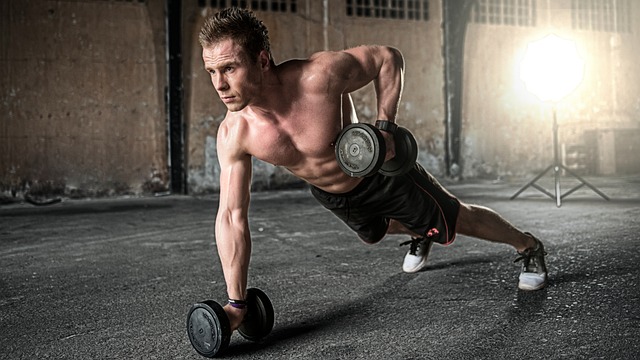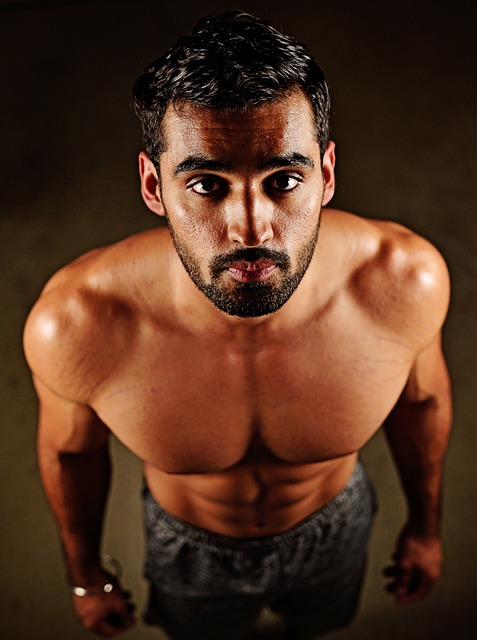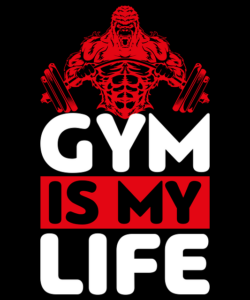
Integrating manual labor such as shoveling, lifting, or carrying weights into gym routines significantly amplifies workout effectiveness, fostering superior improvements in overall fitness compared to using machines alone. This approach promotes a more robust development of strength and stamina by engaging muscles in functional movements, which introduces an element of unpredictability that helps prevent workout plateaus and encourages ongoing progress. The incorporation of such labor-intensive exercises leads to enhanced cardiovascular health, better muscle definition, and an increased metabolic rate, all contributing to a gym experience that is both fulfilling and effective for achieving fitness goals. Manual labor in gyms not only encourages full-body movements but also enhances coordination, balance, stability, and core engagement, offering substantial benefits over machine-focused workouts by fostering functional strength and providing new challenges to keep motivation high and prevent routine stagnation. As a result, individuals who include these types of exercises in their fitness routines can expect improved muscular development, endurance, and calorie expenditure, which together contribute to an enhanced quality of life and overall well-being.
Engaging in physical labor offers a multitude of benefits that can significantly enhance one’s gym fitness routines. This article delves into the integration of manual tasks with traditional weight training to optimize muscle development and cardiovascular health. We will explore how balancing gym workouts with physical labor can lead to optimal fitness, providing examples of complementary exercises to enrich your routine. Furthermore, we will examine the importance of functional fitness, which mirrors real-world physical demands, and its role in everyday life. Additionally, we’ll discuss strategies for maximizing muscle growth by combining strength training with manual tasks, including insights on designing a training program that harnesses both gym equipment and physical work. The impact of caloric expenditure from physical labor on muscle recovery and growth, alongside the critical role of nutrition in this process, will also be highlighted. Real-life success stories serve as testaments to the effectiveness of this approach, offering valuable lessons for fitness enthusiasts aiming for robust muscle gains. Join us as we unravel the synergy between gym fitness and physical labor for a comprehensive approach to achieving your health and strength goals.
- The Role of Physical Labor in Enhancing Gym Fitness Routines
- – Understanding the Benefits of Integrating Physical Work into Your Gym Routine
The Role of Physical Labor in Enhancing Gym Fitness Routines

Integrating physical labor into gym fitness routines can significantly amplify the effectiveness of workouts, fostering a more robust improvement in overall fitness. The integration of manual tasks, such as shoveling, lifting, or carrying weights, not only mimics functional movements but also enhances muscle engagement and endurance. These activities challenge the body in ways that machine-based gym exercises alone may not, leading to a holistic development of strength and stamina. Moreover, the unpredictability of physical labor can provide a dynamic environment that keeps muscles guessing, preventing plateaus and promoting continuous progress. By incorporating such tasks into a fitness regimen, individuals can expect to see improved cardiovascular health, greater muscle definition, and an elevated metabolic rate, all of which contribute to a more fulfilling gym experience and better fitness outcomes.
– Understanding the Benefits of Integrating Physical Work into Your Gym Routine

Incorporating physical work into your gym routine can significantly enhance your overall fitness regimen. Unlike machine-based exercises that isolate specific muscle groups, engaging in physical labor simulates full-body movements that closely mimic real-world activities. This integration promotes functional strength, where the muscles work together as they would during daily tasks, leading to better coordination and improved balance. Moreover, such exercises often require more effort, which can elevate your heart rate to cardio levels, contributing to the efficiency of your cardiovascular training. The use of free weights, for example, not only builds muscle but also challenges the body’s stability, which in turn strengthens the core and surrounding muscles, providing a comprehensive workout that machines alone cannot offer. Additionally, physical labor at the gym can reignite motivation by introducing new stimuli to the routine, preventing plateaus and keeping the workouts fresh and challenging. By embracing this multifaceted approach to fitness, individuals can experience enhanced muscular development, greater endurance, and a more effective calorie burn, all of which contribute to an improved quality of life.
Incorporating physical labor into gym routines can significantly amplify fitness gains. The benefits of complementing structured gym workouts with manual tasks are multifaceted, enhancing strength, endurance, and functional fitness. By engaging in activities that mimic real-world exertions, individuals not only improve their muscular prowess but also foster a more holistic approach to health and wellness. The key takeaway is clear: for those committed to gym fitness, the integration of physical labor is a potent strategy to elevate overall performance and resilience.







